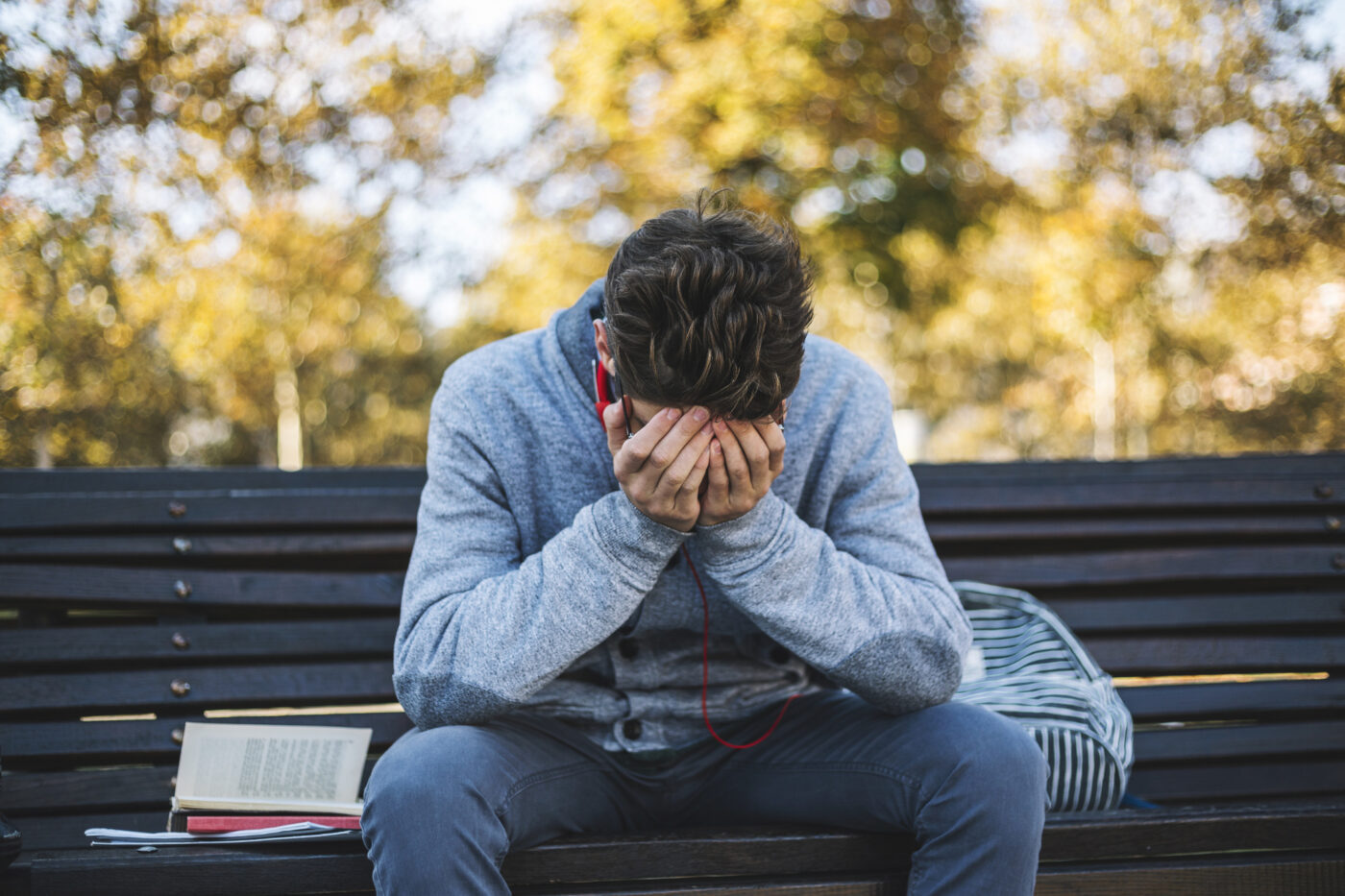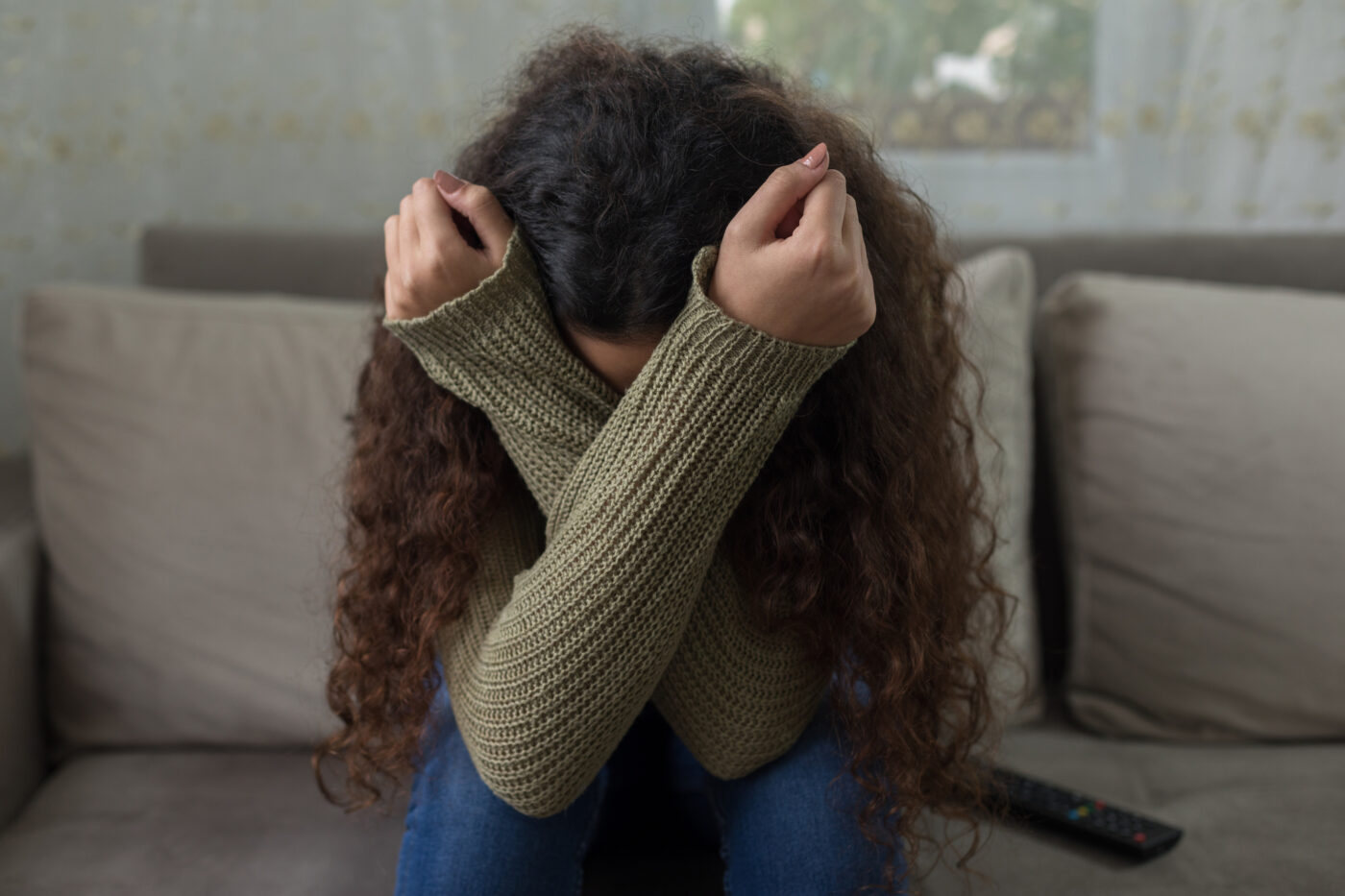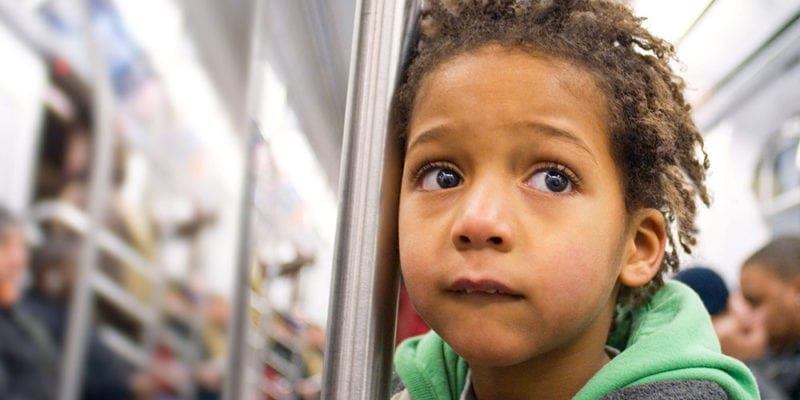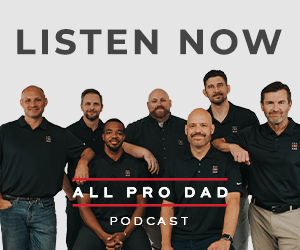It’s 5:30 a.m., and my daughter is awake. She is showered, dressed, and sitting at the edge of my bed, ready for school. School doesn’t start until 7:30 a.m., and she is only 10. She doesn’t like being late to anything, especially school. As a dad, I worry about why she is so anxious about being on time. Sometimes, it gets to the point where she cannot think and loses her ability to rationalize.
According to the Cleveland Clinic, 1 in 5 kids under the age of 10 will develop an anxiety disorder. Nowadays, anxiety is a standard part of childhood development. Recognizing the signs of anxiety in children and knowing how to help can make a world of difference. Let’s explore 7 symptoms and solutions for how to help kids with anxiety.
1. Excessive Worry and Fear
It’s natural for children to have occasional worries, but when what worries them is all they can think about, it’s one of the signs of anxiety in children. Dads can help by sending them outside to play, swing, or jump on the trampoline to blow off steam through physical exertion. Or create a cozy place with soft pillows and a fun book, or a daily “worry-free hour” filled with fun family activities. By providing this safe space, you’re teaching your child that it’s possible to take breaks from anxiety and enjoy the present moment.
2. Physical Complaints
My daughter tends to get these at night when thinking about tomorrow’s events. Anxiety manifests itself physically in children sometimes, as headaches or stomachaches. If your child frequently complains of headaches or stomachaches without apparent medical cause, don’t dismiss it. Kids don’t always know how to explain what’s going on inside their heads. Their thoughts can have an impact on their bodies. If your child gets a stomachache the night before every test at school, that could be a clue that test taking causes him or her some anxiety. To help ease some of that anxiety, ask your kid to practice some deep breaths with you or ask questions to get him or her talking about whatever may be causing the anxiety.
3. Sleep Disturbances
If your kid has trouble falling asleep, then establish a calming bedtime routine to reduce anxiety. Start by dimming lights an hour before bedtime to signal the body to wind down. Incorporate relaxation like reading a story together, gentle stretching, or listening to soothing music. Consistency is key, so stick to the routine even on weekends to reinforce healthy sleep habits.
4. Avoidance of Social Situations
Social anxiety might be at play if your child starts avoiding playdates or school events. Gradual exposure techniques can help a kid overcome this. Start small—maybe invite one friend over for a short, structured play session. Gradually increase the duration and number of friends as your child becomes more comfortable. Be patient and celebrate small victories along the way.
5. Difficulty Concentrating
Anxious thoughts can make it hard for children to focus on tasks. Help by breaking tasks into manageable chunks. My daughter performs well with a checklist for her chores. If homework seems overwhelming, divide it into 15-minute work sessions with short breaks in between. This approach can make daunting tasks more achievable and boost your child’s confidence in his or her abilities.
6. Sudden Anger
Sometimes, anxiety in children presents as irritability or unexpected outbursts of anger. You can help your child identify emotions and stress triggers. Use iMOM’s free Feel Wheel printable for ages 1 to 4 to help younger kids identify their emotions, and use iMOM’s free Feel Wheel printable for ages 5 to 12 for older kids. Encourage them to check in with their feelings throughout the day. This emotional awareness can help them recognize anxiety before it escalates to anger.
7. Clingy Behavior or Separation Issues
Is your child inconsolable when you’re about to leave? That could be one of the signs of anxiety in children. Separation anxiety can be challenging for both child and parent. Build your child’s independence through small steps. Start by having him or her play in another room while you’re nearby, gradually increasing the distance and duration of separation. Establish a special goodbye ritual to provide comfort and predictability during separations. In the case of my youngest daughter and dance class, my wife and I figured out that if we just left quickly, she would recuperate faster and be ready to join the fun.
It is important to note here that some anxiety requires the help of a licensed mental health professional. If your child’s anxiety seems of concern, reach out to one.
Sound off: What kinds of anxiety have you worked on with your children?












Huddle up with your kids and ask, “What do you think it means to be anxious?”